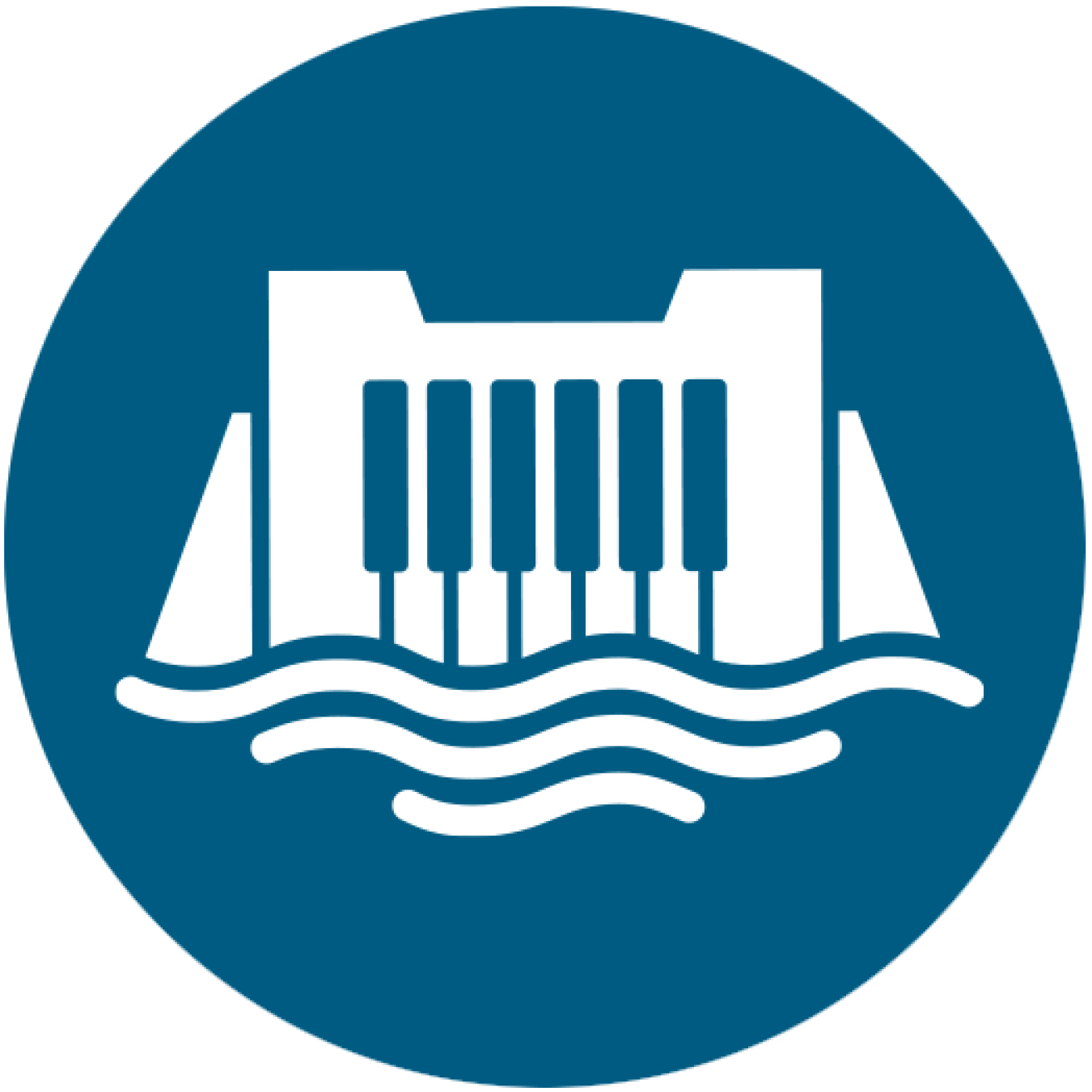What is Hydropower?
Hydropower, or hydroelectric power, is one of the oldest and largest sources of renewable energy. Hydropower uses the natural flow of moving water to generate electricity. Hydropower currently accounts for 27% of total U.S. utility-scale (electricity generated in large scales) renewable electricity generation and 5.7% of total U.S. utility-scale electricity generation, while pumped storage hydropower (PSH) provides 96% of all utility -scale energy storage in the United States.
While the Hoover Dam may be one of the most recognizable hydropower plants in the world, hydropower facilities come in all shapes and sizes. Some may be very large, but they can be tiny, too, taking advantage of water flows in municipal water facilities or irrigation ditches. Facilities can even be ‘damless’ with diversions or run-of-river facilities that channel part of a stream through a powerhouse before the water rejoins the main river. Whatever the method, hydropower is easy to obtain and widely used. Some states, like Washington, rely heavily on hydropower sourcing about 60% of its electricity in 2023 from hydropower facilities.
Hydropower also plays a key role in keeping the grid stable. A study led by the National Renewable Energy Laboratory on hydropower flexibility found that the firm capacity, the guaranteed minimum amount of electric power a facility will be able to deliver, of U.S. hydropower facilities is estimated to be over 24 GW. This is enough to power between 16 to 24 million homes. To replace this capability with storage would require the construction of 24 GW of 10-hour storage facilities. Not only does this amount of storage—outside of hydropower facilities— not exist in the United States today but adding them to the grid could be costly and time consuming.
How Does Hydropower Work?
Hydropower technologies generate power by leveraging elevation differences. This is usually created by a dam or diversion structure that interrupts the flow of water in a river. The Department of Energy's "Hydropower 101" video explains how hydropower works and highlights some of the research and development efforts of the Water Power Technologies Office (WPTO) in this area.
What is the cost of Hydropower?
Hydropower is an affordable source of electricity. Hydropower harnesses power from a plentiful and easily accessible natural resource — moving water. States that get the majority of their electricity from hydropower, like Idaho, Washington, and Oregon, are able to lower energy bills for their residents.
Compared to other electricity sources, hydropower also has relatively low costs throughout a project’s lifetime when including expenses such as maintenance, operations, and fuel. Like any major project, significant upfront costs are unavoidable. But hydropower’s longer lifespan (typically 65-85 years) and low operations and maintenance costs lower the average annual cost of facilities. This is due to the equipment used at hydropower facilities, which often operates for longer periods of time without needing replacements or repairs, saving money in the long term.
The installation costs for large hydropower facilities consist mostly of civil construction works (the building of the dams, tunnels, and other necessary infrastructure) and electromechanical equipment costs (electricity-generating machinery). Hydropower is a site-specific technology making it possible to minimize these costs at the planning stage through proper selection of location and design.
What are the Benefits of Hydropower?
The benefits of hydropower have been recognized and harnessed for thousands of years. In addition to being a renewable and cost-effective form of energy, hydropower plants can provide power to the grid immediately. This allows facilities to serve as a flexible and reliable form of backup power during major electricity outages or disruptions. Hydropower also provides several benefits outside of electricity generation, such as flood control, irrigation support, and water supply.
What Is The History Of Hydropower?
The history of hydropower dates back thousands of years. The evolution of the modern hydropower turbine began in the mid-1700s when a French hydraulic and military engineer, Bernard Forest de Bélidor, wrote Architecture Hydraulique. Many key developments in hydropower technology occurred during the first half of the 19th century. The past century saw even more advancements that have helped hydropower become an integral and affordable part of the energy mix in the United States.
To join the hydropower industry and learn more about science, technology, engineering, and mathematics (STEM) workforce development opportunities, visit the Hydropower STEM Portal.
Hydropower News
Everyone Creates a Ripple: What’s Your Ripple Effect?
The U.S. Department of Energy’s Water Power Technologies Office Ripple Effect profile series features just a few of the individuals whose impactful work will help advance hydropower and marine energy technologies.
WPTO's Hydropower e-newsletter features news on R&D and applied science to advance sustainable hydropower and pumped-storage technologies.
WPTO brings funding opportunities, events, publications, & activities related to hydropower and marine energy directly to your inbox.


